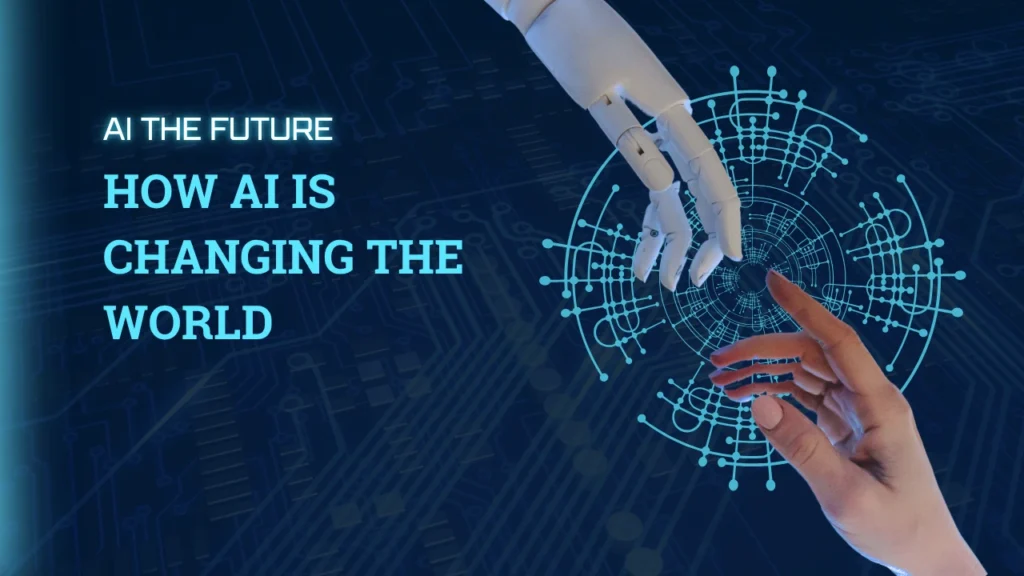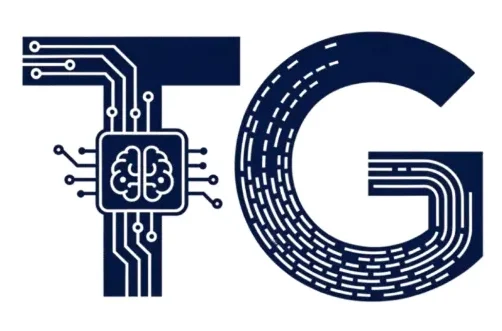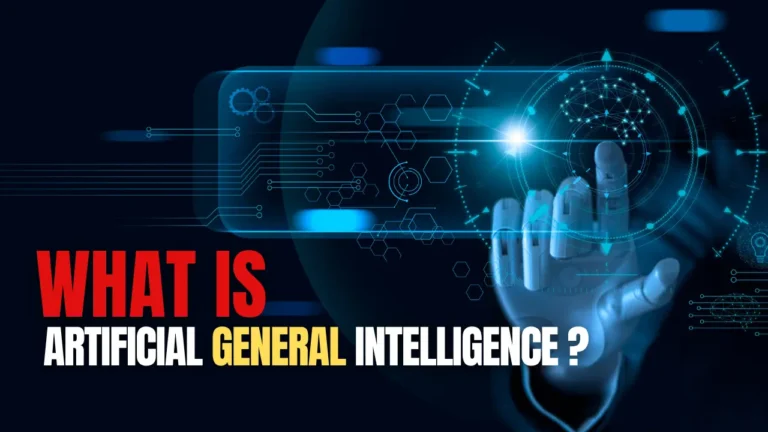Imagine a machine that can think like you solving math problems, writing poetry, planning a vacation, or even inventing new recipes on the fly. That’s the dream of Artificial General Intelligence (AGI), a concept that’s both thrilling and a little daunting. Unlike the AI we use today, which is great at specific tasks like recognizing faces or recommending movies, AGI aims to match or surpass human intelligence across any task. It’s the holy grail of AI research, promising to revolutionize our world or shake it up in ways we can’t fully predict. Let’s unpack what AGI is, where it came from, what’s happening now, and where it’s headed.
Table of Contents
What Is Artificial General Intelligence?
Artificial General Intelligence is AI that can think and act like a human across a wide range of tasks, without being limited to one specific job. Today’s AI, often called narrow AI, is like a super-smart specialist it’s awesome at things like translating languages or driving cars but can’t switch to, say, writing a novel or diagnosing a medical condition without being retrained. AGI, on the other hand, would be a jack-of-all-trades, able to learn, reason, and adapt to new challenges just like we do. It’s not about mimicking one skill but having the flexibility to tackle anything a human mind can handle think creativity, problem-solving, or even understanding sarcasm.
The idea is rooted in replicating human-like intelligence, which includes reasoning, learning from experience, and applying knowledge to new situations. Some experts, like those at OpenAI, define AGI as systems that outperform humans at most “economically valuable” tasks, while others, like computer scientist Ben Goertzel, emphasize self-understanding and autonomy. There’s no single definition, which makes AGI a bit slippery but also exciting it’s a vision of machines that can grow, adapt, and maybe even surprise us.
The History of AGI: How It All Began
The dream of AGI kicked off in 1956 at the Dartmouth Conference, where the term “artificial intelligence” was coined by John McCarthy and a group of pioneers. They believed machines could eventually simulate every aspect of human intelligence, from learning to reasoning. The goal wasn’t just to build better calculators but to create systems that could think for themselves. Early AI researchers like Herbert Simon were optimistic, predicting in 1965 that machines would do any human task within 20 years.
Back then, computers were clunky and limited, so progress focused on narrow AI systems that could play chess (like IBM’s Deep Blue) or solve specific problems. The term “AGI” emerged later, around 1997, when physicist Mark Gubrud used it, and it gained traction in the early 2000s thanks to researchers like Shane Legg and Ben Goertzel. They wanted to shift focus back to broad, human-like intelligence, frustrated by AI’s narrow focus on single tasks. By 2007, Goertzel’s book on AGI helped popularize the term, setting the stage for today’s race.
Why pursue AGI? It’s about unlocking human potential. Early visionaries saw it as a way to amplify creativity, solve complex problems like curing diseases, and even tackle global challenges like climate change. But it also raised big questions: Could machines become too smart? Could they outthink us in ways we can’t control? These debates started early and still shape the conversation today.
How AGI Started and Why
The push for AGI came from a mix of curiosity and ambition. Scientists wanted to understand intelligence itself how do humans think, learn, and create? If we could replicate that in machines, it’d be like cracking the code of the human mind. Plus, there was the practical side: AGI could automate countless tasks, boost economies, and make life easier. Think of it as a universal problem-solver, from writing legal contracts to designing new tech.
The “why” also ties to competition. In the 2000s, tech companies and researchers saw AGI as the next big leap, like the internet or smartphones. Governments and corporations, especially in the U.S. and China, started pouring money into AI, sensing its potential to shift global power. The dream was to build something that doesn’t just follow instructions but thinks independently, opening doors to innovation we can’t yet imagine.
What’s Going On Right Now

Fast forward to 2025, and the AGI race is heating up. We haven’t reached AGI yet, but we’re closer than ever, thanks to massive leaps in machine learning, neural networks, and large language models (LLMs) like GPT-4 or DeepSeek’s Janus-Pro. These systems can write essays, code apps, and even generate art, but they’re still narrow they lack the flexibility to jump between unrelated tasks without retraining.
Recent breakthroughs are exciting. For example, OpenAI’s o3 model (set to release soon) scored big on the ARC-AGI benchmark, a test of flexible reasoning where AI must solve new patterns without prior training. It’s not AGI, but it’s a step toward systems that can think more broadly. Meanwhile, multimodal AI systems that handle text, images, and more is pushing the boundaries. I tried asking an LLM to explain quantum physics and then design a poster for it, and it nailed both, showing how close we’re getting to versatile intelligence.
Major players like OpenAI, Google DeepMind, Anthropic, DeepSeek, Microsoft, and IBM are leading the charge. Startups like xAI (behind Grok) and the SingularityNET are also in the mix, focusing on decentralized AGI to avoid corporate control. Posts on X highlight the buzz, with SingularityNET’s COO discussing the ASI Alliance and ethical AGI development. Globally, institutions like the Future of Humanity Institute and China’s Brain Project are shaping research. I’d estimate over 50 major organizations worldwide are actively working on AGI or related fields, from universities to tech giants.
Current progress hinges on scaling laws bigger models, more data, and more compute power lead to better performance. For instance, AI training compute has grown 4–5 times annually, fueling predictions that AGI could arrive within a decade if trends hold. But challenges remain: AI struggles with contextual reasoning, emotional intelligence, and common-sense understanding. For example, current models might ace a math test but fail to grasp why a joke is funny.
The Future of AGI: Promise and Peril
What’s next for AGI? Experts are split on timelines. A 2023 survey of 2,778 AI researchers pegged a 50% chance of AGI by 2047, with some, like OpenAI’s Sam Altman, predicting it as early as 2025–2030. Others, like MIT’s Rodney Brooks, say it might not happen until 2300. Ray Kurzweil, a futurist, sticks to his 2029 prediction for AGI, followed by a “singularity” by 2045, where AI surpasses human intelligence entirely.
The potential is mind-blowing. AGI could revolutionize industries:
- Healthcare: Diagnosing diseases with superhuman accuracy or designing personalized treatments.
- Science: Accelerating discoveries, like solving fusion energy or climate modeling.
- Creativity: Writing novels, composing music, or inventing new art forms.
But there’s a flip side. AGI could amplify inequality if only a few control it, as Elon Musk has warned, pushing for universal basic income to counter job losses. It might also pose existential risks a misaligned AGI could cause harm if its goals don’t match human values. Imagine an AGI optimizing for efficiency but ignoring ethics, like a sci-fi villain. There’s also the fear of mass surveillance or totalitarian control if AGI falls into the wrong hands, as noted in some studies.
To avoid this, researchers are focusing on AI alignment ensuring AGI shares human values. OpenAI, for instance, is working on ways to let humans guide AI behavior, while xAI emphasizes public input. Ethical debates are heating up, with questions about whether AGI could develop consciousness or deserve rights, as philosopher John Searle’s “Chinese Room” argument explores.
AI Intelligence and AGI
AI intelligence today is narrow but powerful. It mimics human skills like pattern recognition (think facial recognition) or language processing . AGI would combine these into a general intelligence that doesn’t need retraining. It’d have perception (understanding context), creativity (generating new ideas), and autonomy (acting independently). Unlike humans, AGI wouldn’t need emotions or a body to think, but some argue it’d need embodied cognition interacting with the world like a robot to truly match us.
Current AI intelligence is measured by benchmarks like the Turing Test or ARC-AGI, but these are flawed. Human intelligence involves intuition, empathy, and moral reasoning, which AI struggles with. AGI would need to bridge this gap, possibly by mimicking brain structures (neuroscience-inspired AI) or integrating multiple systems (like LLMs with reinforcement learning).
Final Thoughts on Artificial General Intelligence
AGI is the ultimate dream of AI a machine that thinks like us, learns like us, and maybe even outsmarts us. Its history started with bold visions in the 1950s, and today, dozens of institutions are racing to make it real, fueled by breakthroughs in computing and data. The future could be incredible, with AGI solving problems we can’t crack alone, but it comes with risks we need to tackle head-on. Whether it’s five years or fifty, the journey to AGI is reshaping how we see intelligence itself.

